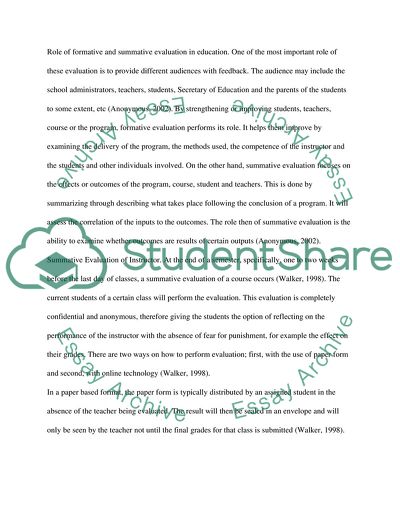Cite this document
(Formative and Summative Evaluation in Educatin Assignment, n.d.)
Formative and Summative Evaluation in Educatin Assignment. https://studentshare.org/education/1716229-formative-and-summative-evaluation
Formative and Summative Evaluation in Educatin Assignment. https://studentshare.org/education/1716229-formative-and-summative-evaluation
(Formative and Summative Evaluation in Educatin Assignment)
Formative and Summative Evaluation in Educatin Assignment. https://studentshare.org/education/1716229-formative-and-summative-evaluation.
Formative and Summative Evaluation in Educatin Assignment. https://studentshare.org/education/1716229-formative-and-summative-evaluation.
“Formative and Summative Evaluation in Educatin Assignment”. https://studentshare.org/education/1716229-formative-and-summative-evaluation.


